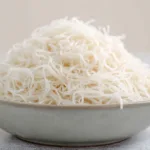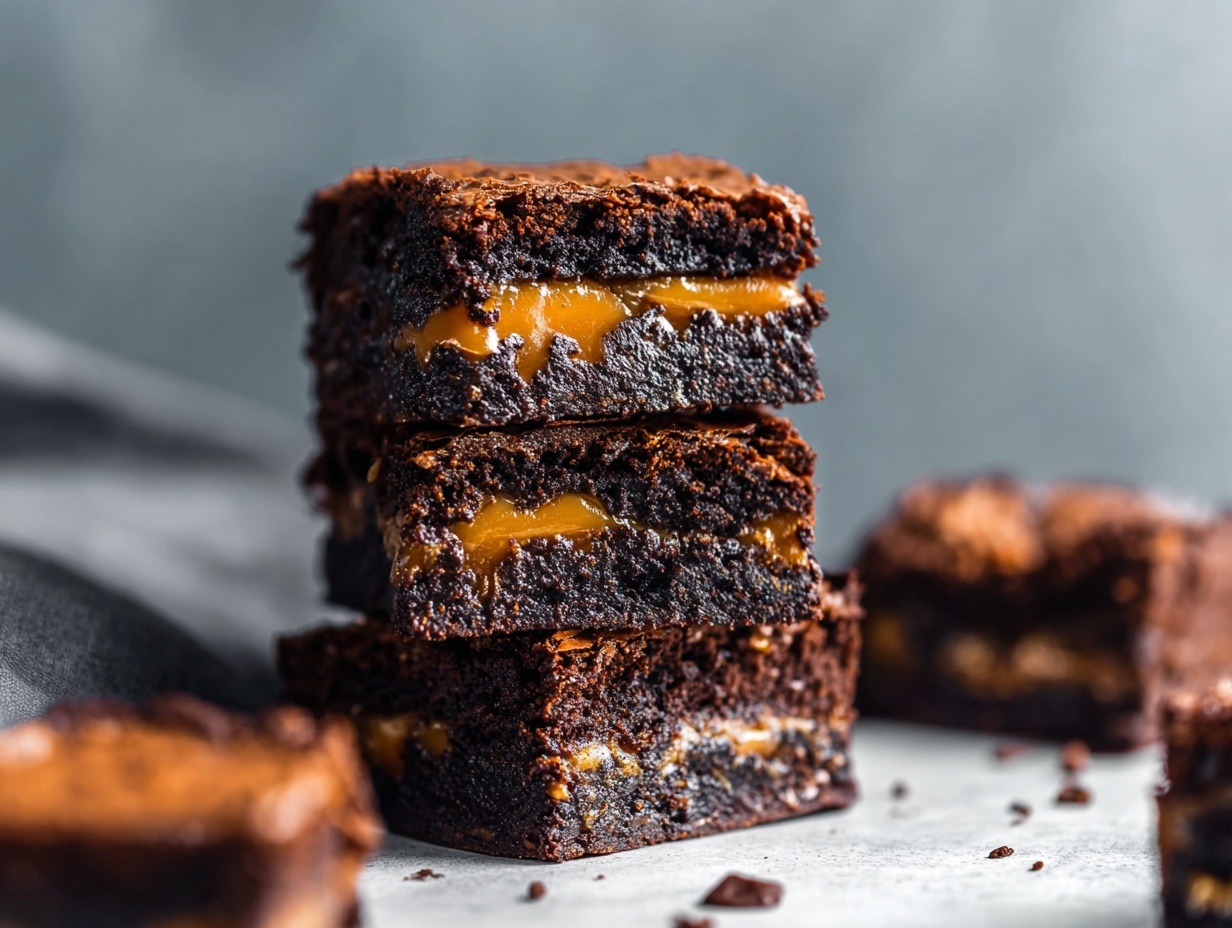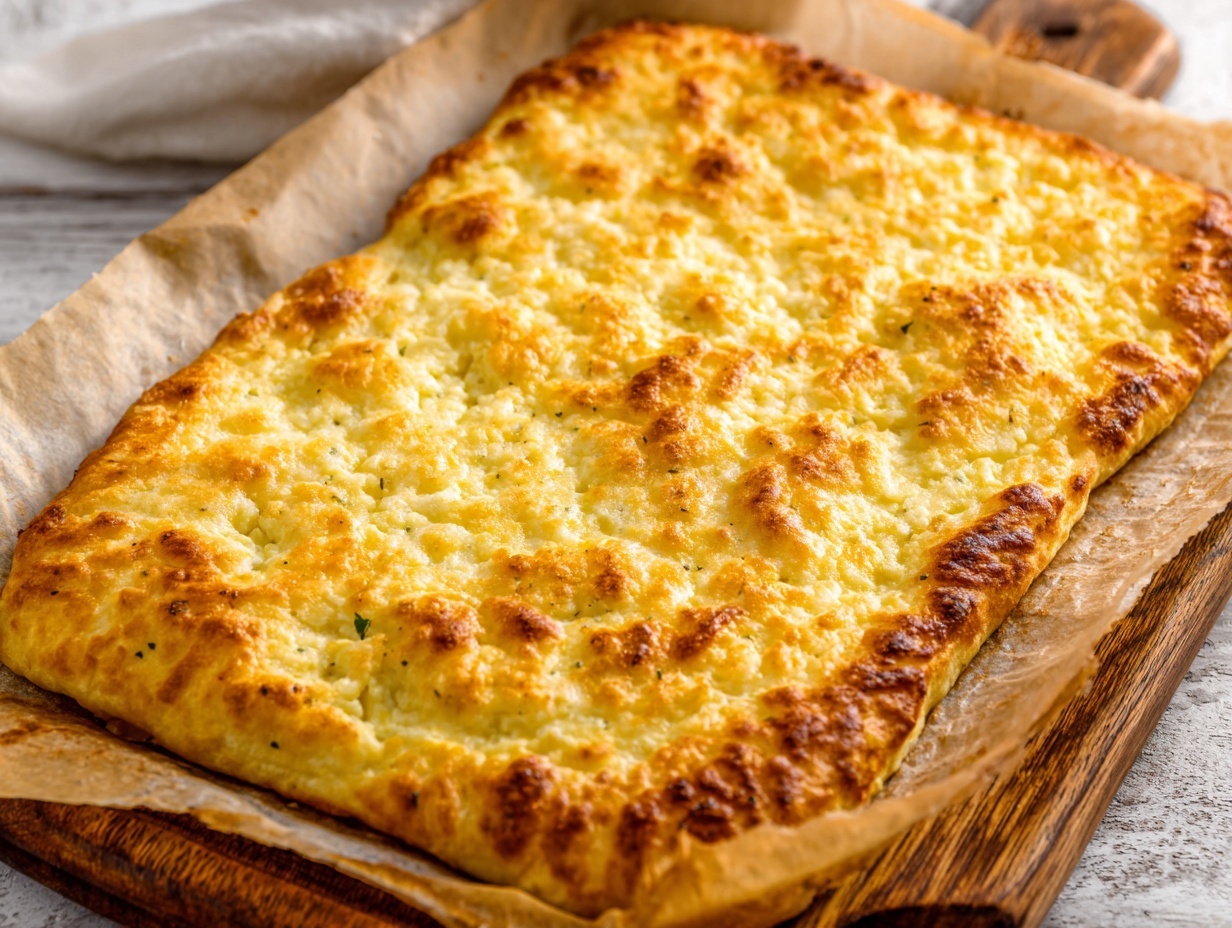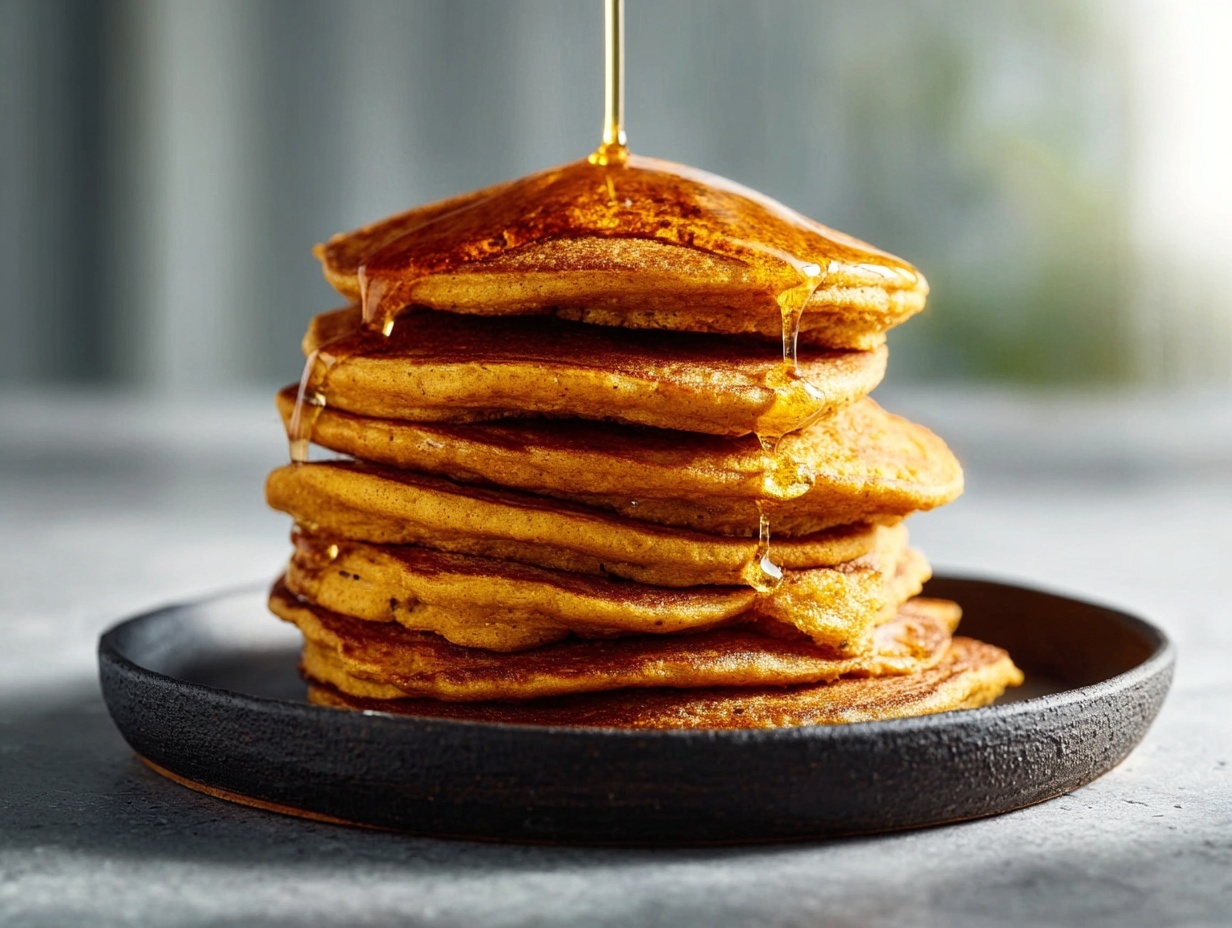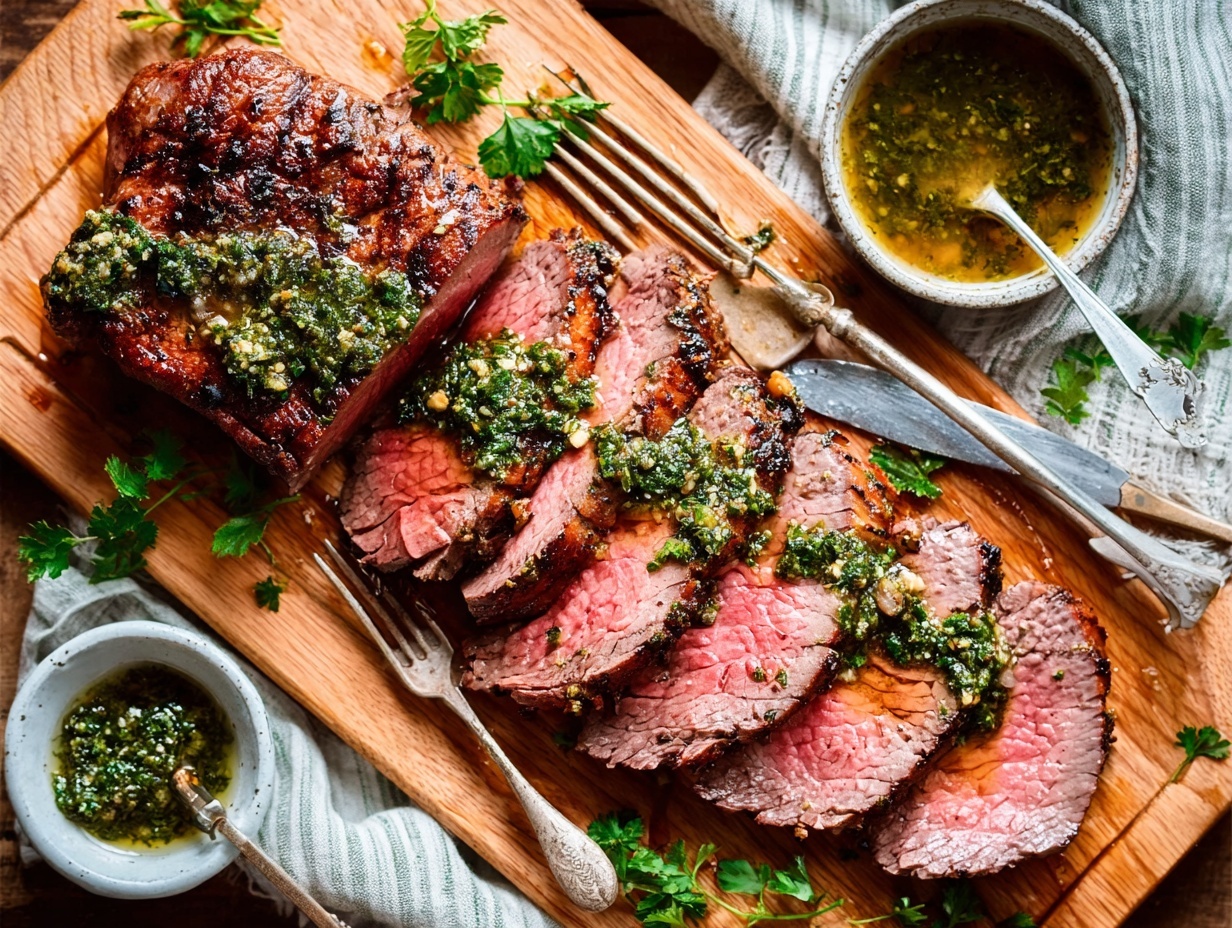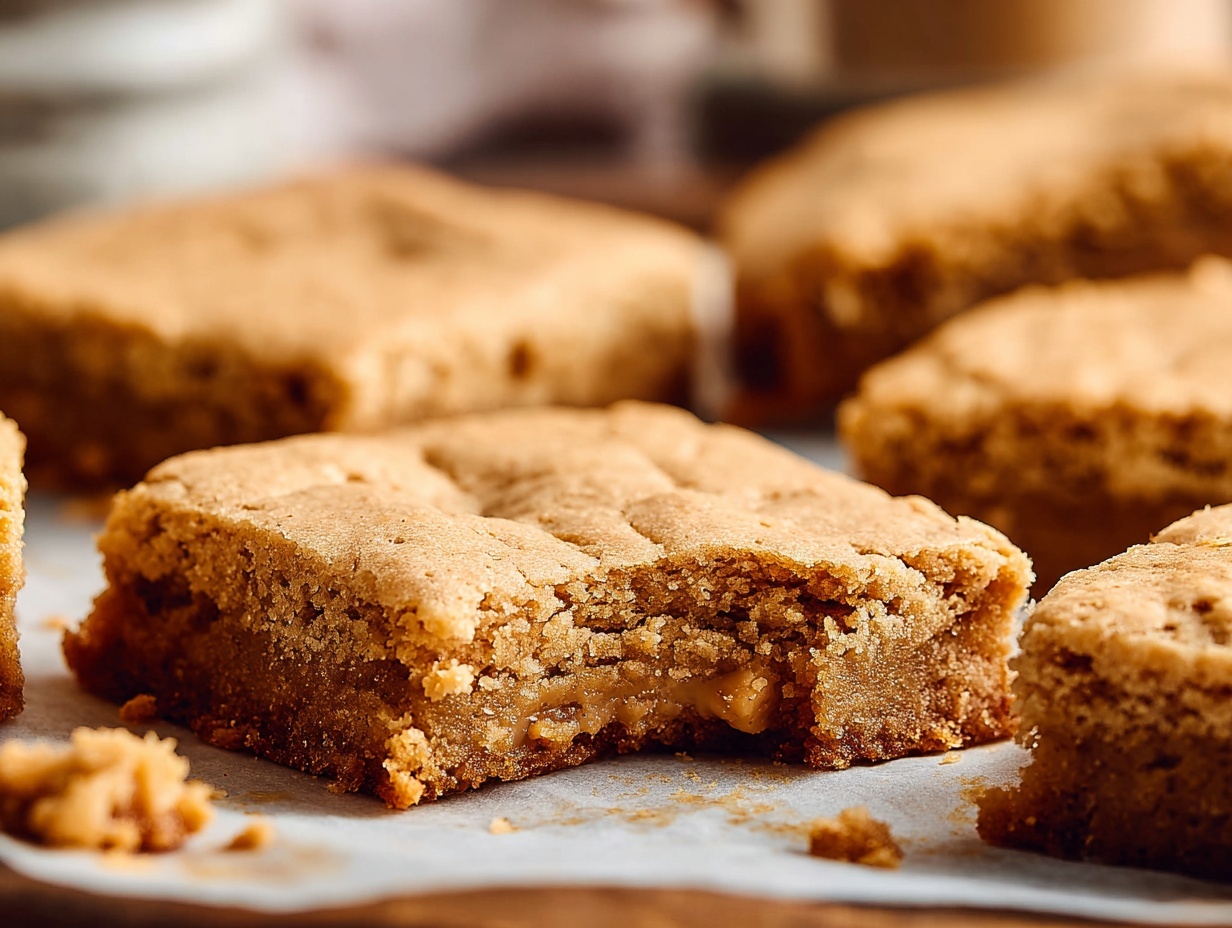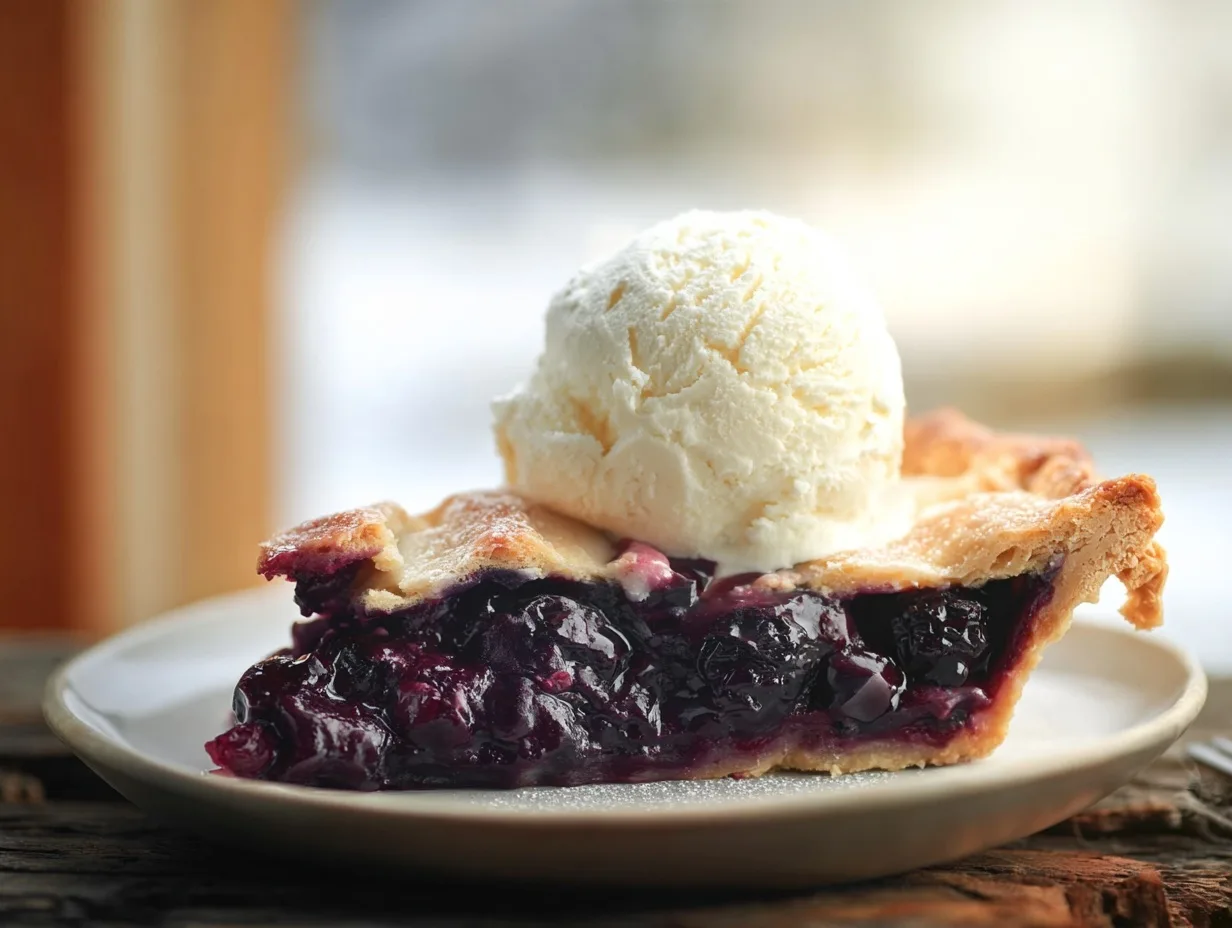When I first learned to make rice paper rolls, the trickiest part wasn’t the wrapping — it was the noodles. Vermicelli might look delicate and forgiving, but one minute too long in hot water and they turn to mush; a minute too short and you’re chewing through chalky strands. After a few clumped disasters, I started testing different brands and methods to get them roll-perfect.
Why does this matter? Because the noodles are the backbone of every rice paper roll. They cushion the fillings, balance fresh herbs, and keep the whole roll satisfying without being heavy. Get them wrong, and even the best shrimp or tofu won’t save the texture.
That’s why today I’m sharing my tested, step-by-step method for how to cook vermicelli noodles for rice paper rolls — so you can skip the trial-and-error and enjoy light, springy noodles every time.
Unlike some guides that bury the noodle prep inside giant spring roll tutorials, this article focuses on the exact intent you’re searching for. And yes, I’ll still link you to broader inspiration — like my 25 High-Protein Snacks for Muscle Gain — but here, we’re going deep into the vermicelli science.
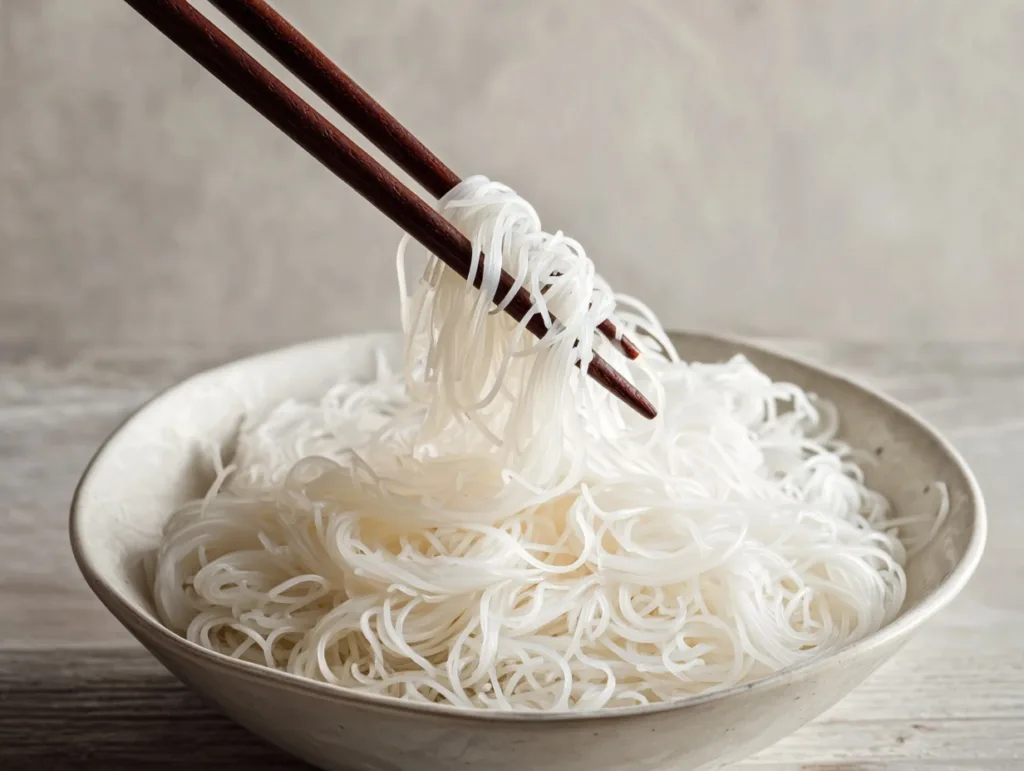
Explore the Steps
What Are Rice Vermicelli Noodles?
Types & Thickness
Rice vermicelli (sometimes called bún in Vietnamese or maifun in Chinese cooking) are thin, round noodles made from rice flour and water. Their thickness varies: ultra-thin strands soften in under two minutes, while thicker ones hold up longer but require extra soaking.
Common Brands You’ll See
- Three Ladies Brand – very thin, cooks in a flash, almost silky after rinsing.
- Bamboo Tree Brand – slightly thicker, holds up better if you prep noodles ahead of time.
- Generic supermarket packs – usually fall somewhere in between, but cook times vary, so you’ll need to test.
Why Names Matter
Cooking times can swing by a full minute depending on the brand. That may not sound like much, but in noodle world, it’s the difference between perfect bounce and gummy clumps. In the next section, I’ll show you exactly why that timing makes or breaks your rolls.
PrintHow to Cook Vermicelli Noodles for Rice Paper Rolls
Learn how to cook vermicelli noodles for rice paper rolls with perfect texture. This step-by-step guide shows both boiling and soaking methods, plus tips on rinsing, cutting, portioning, and storage.
- Prep Time: 5 minutes
- Cook Time: 5 minutes
- Total Time: 10 minutes
- Yield: 6 rolls (from 100 g dried noodles) 1x
- Category: How-To / Cooking Basics
- Method: Boiling or Hot Soak
- Cuisine: Vietnamese
Ingredients
100 g dried rice vermicelli noodles
1 large pot of water (for boiling)
1 bowl cold water (for rinsing)
Neutral oil (optional, for storage)
Instructions
Boil Water – Bring a large pot of water to a rolling boil.
Cook Noodles (Boil Option) – Add vermicelli noodles and cook for 2–3 minutes, stirring gently.
Soak Noodles (Soak Option) – Pour freshly boiled water into a heatproof bowl, add noodles, and soak for 5–8 minutes, stirring occasionally.
Drain – Drain noodles immediately in a colander.
Rinse – Rinse under cold water to stop cooking and remove excess starch.
Shake & Snip – Shake well to remove water, then snip noodles into ~5 cm lengths with kitchen scissors.
Portion – Use about 15–20 g cooked noodles per rice paper roll.
Notes
Always rinse vermicelli in cold water after cooking to prevent clumping.
For make-ahead prep, toss with a teaspoon of neutral oil and refrigerate for up to 24 hours.
Refresh stored noodles with a quick warm water rinse before rolling.
Nutrition
- Serving Size: 15 g cooked noodles
- Calories: 60 kcal
- Sugar: 0 g
- Sodium: 2 mg
- Fat: 0 g
- Saturated Fat: 0 g
- Unsaturated Fat: 0 g
- Trans Fat: 0 g
- Carbohydrates: 14 g
- Fiber: 0.5 g
- Protein: 1 g
- Cholesterol: 0 mg
Why Proper Cooking Matters (for Rice Paper Rolls)
Texture & Bite
Vermicelli noodles may look simple, but they’re the backbone of a good rice paper roll. Cook them just right, and you’ll get soft yet springy strands that complement fresh herbs, shrimp, or tofu without overpowering them. Too soft and they turn mushy; too firm and they feel chalky. The difference between light, balanced rolls and heavy, disappointing ones often comes down to noodle texture.
Preventing Tears & Sticking
Rice paper is delicate, almost like thin tissue. If your noodles clump together, they’ll push against the wrapper and cause tiny tears. Worse, sticky noodles make rolling messy and uneven. When cooked and rinsed properly, vermicelli stays fluffy and separate, so it tucks neatly inside without stressing the wrapper.
The Rinse Effect
Rinsing isn’t an afterthought — it’s what makes the noodles usable. Cold water stops the cooking process instantly and washes away excess starch. This keeps the strands from sticking and gives them a clean, fresh feel, which is exactly what you want in a roll.
Portion Control
Perfectly cooked vermicelli is easy to handle and portion. A small pinch — about 15–20 g cooked — fits into each rice paper roll without bulging or breaking the wrapper. When noodles are overcooked or undercooked, they resist this neat bundling, making the rolling step unnecessarily frustrating.
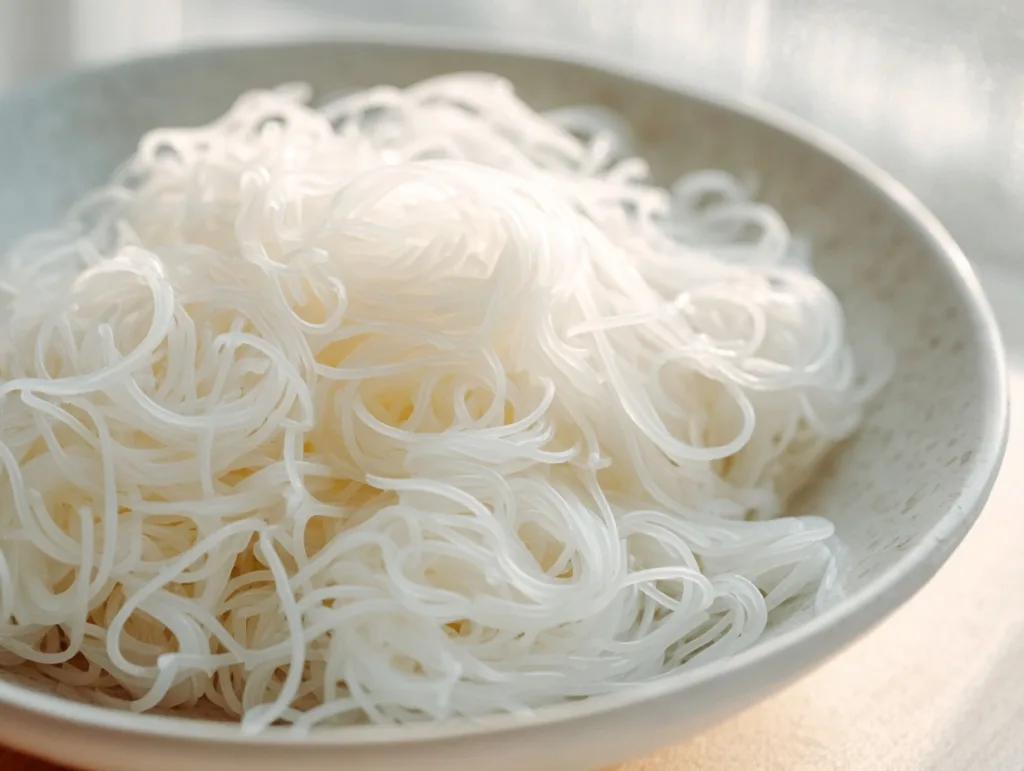
Ingredients & Tools You’ll Need
Core Ingredients
- Dried rice vermicelli noodles – about 100 g will yield enough for 6–8 rice paper rolls.
- Fresh cold water – for rinsing and refreshing the noodles after cooking.
Optional but helpful: a splash of neutral oil (like avocado or canola) if you plan to prep noodles ahead and store them. It helps keep strands from sticking together.
Tools & Equipment
- Large pot – gives the noodles space to move so they don’t clump.
- Colander or fine-mesh strainer – for draining and rinsing quickly.
- Heatproof bowl – needed if you’re using the soaking method instead of boiling.
- Kitchen scissors – to snip the long noodles into ~5 cm pieces for easier rolling.
- Clean tea towel or tray – to spread out the noodles while they cool and dry slightly.
Why These Matter
Cooking vermicelli noodles doesn’t require fancy gear, but the right setup makes all the difference. A cramped pot or flimsy strainer almost guarantees sticky clumps, and skipping scissors means you’ll wrestle with awkwardly long strands inside your rolls. Taking a few minutes to prepare your tools ensures your noodles come out light, fluffy, and roll-ready.
Step-by-Step Cooking Method
Option A: Boiling Method (Quick & Reliable)
- Bring water to a rolling boil. Use a large pot with plenty of water so the noodles can move freely.
- Add the vermicelli. Gently stir right away to separate strands.
- Cook for 2–3 minutes. Taste-test a strand after 2 minutes — it should be soft with a slight bite.
- Drain immediately. Don’t let them sit in hot water; they’ll keep cooking.
- Rinse under cold water. This stops cooking and washes away excess starch. Shake well to remove extra water.
Option B: Hot Soak Method (Gentle & Hands-Off)
- Boil water separately. Pour it into a heatproof bowl.
- Add noodles to the hot water. Stir gently so they don’t clump.
- Soak for 5–8 minutes. Check the texture at the 5-minute mark.
- Drain and rinse. Use cold water to refresh and firm up the strands.
Rinsing & Draining
Always rinse thoroughly in cold water, no matter which method you use. Swish the noodles with your hands while rinsing — this is what keeps them light and fluffy. Shake the colander well so they’re not waterlogged.
Cutting for Rolls
Once drained, use kitchen scissors to snip the noodles into ~5 cm lengths. This simple step prevents long strands from poking through delicate rice paper wrappers.
Portioning per Roll
Plan for 15–20 g of cooked noodles per rice paper roll. That’s roughly a small bundle the size of a golf ball. Enough to give substance, not so much that it overwhelms the fillings.
✨ Pro Tip: Spread rinsed noodles on a clean towel or tray for a few minutes before rolling. Slight drying helps them grip fillings better inside the rice paper.
Timing Matrix by Brand & Thickness
Not all vermicelli noodles are created equal. Different brands and thicknesses absorb water at different speeds, which is why package directions often feel vague. Through testing, here’s a simple timing guide you can trust:
| Brand / Thickness | Boil Time | Hot Soak Time | Notes & Tips |
|---|---|---|---|
| Three Ladies (thin) | 2–3 min | 5–6 min | Extremely fine strands; taste-test at 2 min to avoid mush. |
| Bamboo Tree (medium) | 3–4 min | 6–8 min | Holds up well for meal prep and make-ahead rolls. |
| Generic supermarket | 3–4 min | 6–7 min | Check a strand at 2½ minutes if boiling; quality varies widely. |
How to Test Doneness
- Look: Noodles should turn opaque white and soften.
- Touch: They should feel springy, not sticky or mushy.
- Taste: A properly cooked strand is tender with a slight chew — not chalky in the center.
Why Timing Matters
Even 30 seconds too long can turn vermicelli into a gummy mess that clumps together. By keeping this table handy, you’ll adjust based on brand instead of guessing. Once drained and rinsed, the noodles will be just right for tucking into rice paper rolls.
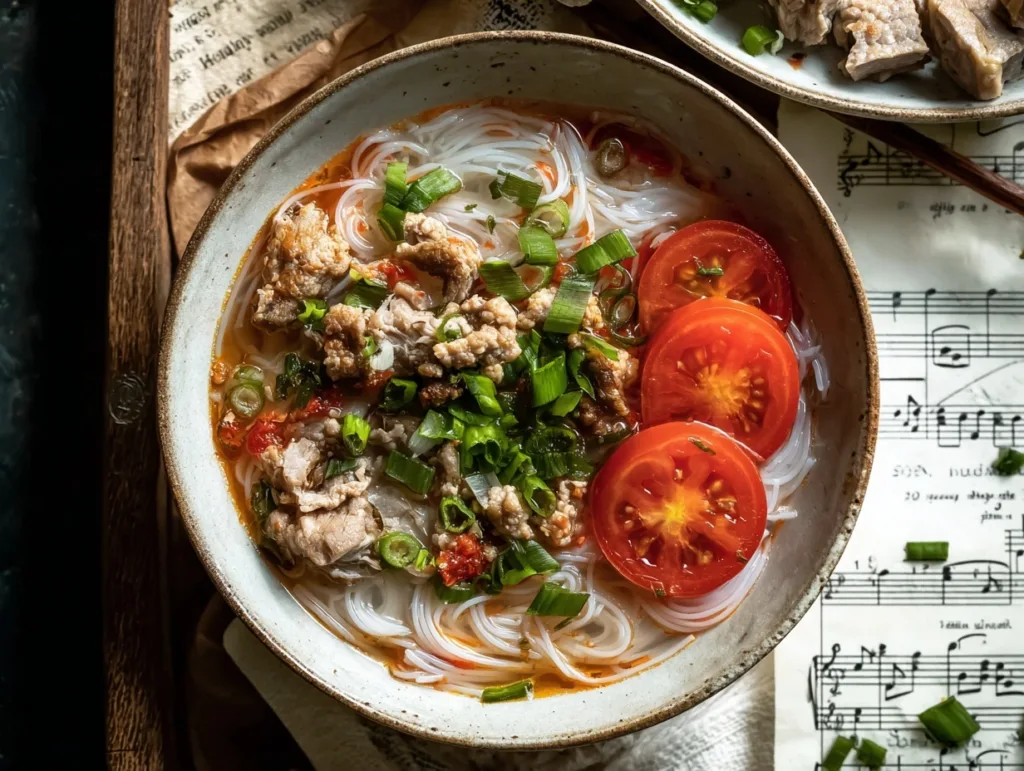
Troubleshooting & Common Problems
Clumping or Stickiness
Cause: Overcrowding the pot, not enough water, or skipping the rinse.
Fix: Use a large pot with plenty of water. Stir noodles gently while cooking, then rinse thoroughly in cold water. Spread them on a tray or towel to let excess moisture evaporate.
Mushy, Broken Noodles
Cause: Overcooking — just 30–60 seconds too long can make noodles collapse.
Fix: Taste-test a strand early. As soon as it’s soft but still has a slight chew, drain immediately and rinse. Don’t leave them sitting in hot water.
Dry or Chalky Center
Cause: Undercooking or uneven soaking.
Fix: If boiling, give them another 20–30 seconds. If soaking, stir occasionally so all strands hydrate evenly.
Noodles Tearing Rice Paper
Cause: Strands are too long or clumped together.
Fix: Snip noodles into ~5 cm pieces after rinsing. Wrap them inside a lettuce leaf before rolling to keep everything neat.
Sticky Storage
Cause: Packed into a container while still wet.
Fix: Let noodles drain well, toss lightly with a teaspoon of neutral oil, then refrigerate in an airtight container.
✨ Tip: If your noodles do stick after storage, a quick rinse under warm water will loosen them up again.
Make-Ahead, Storage & Reheating
Prepping Ahead
You can cook vermicelli up to 24 hours in advance and still get roll-ready texture. The key is to rinse thoroughly, drain well, and spread the noodles out for a few minutes so they’re not waterlogged before storing.
Storage
- Fridge: Transfer cooled noodles into an airtight container. For best results, lightly toss with a teaspoon of neutral oil (like avocado or canola) to keep strands from sticking.
- Separation trick: Layer noodles between sheets of parchment paper if you’re making a large batch. This prevents one giant noodle clump when you open the container.
Reheating & Refreshing
- Quick rinse: If noodles are only slightly stuck together, rinse them under warm water and shake dry.
- Steam: For larger batches, place in a steamer basket for 20–30 seconds — just enough to loosen them without overcooking.
- Avoid microwaving: Heat spots will dry some strands while turning others mushy.
How Long They Last
Cooked vermicelli is best used within 24 hours. Past that point, the texture becomes soft and less pleasant. If you’re planning rolls for a party or lunch prep, make noodles the night before or the morning of for the freshest result.
✨ Pro Tip: Always re-drain before rolling. Even a little excess water can weaken rice paper and cause tearing.
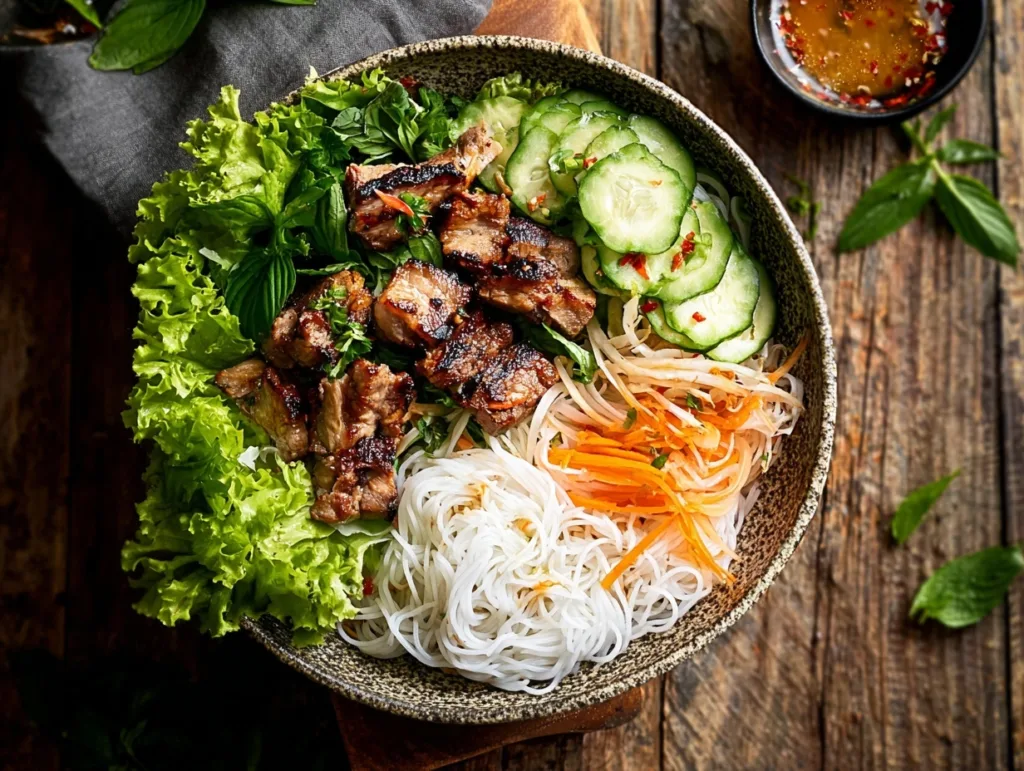
How to Use Vermicelli in Rice Paper Rolls
Portion Guidance
The sweet spot is 15–20 g cooked vermicelli per roll — roughly a small pinch, about the size of a golf ball. Enough to add body, but not so much that the wrapper stretches or tears. Think of the noodles as the “cushion” that holds herbs, veggies, and proteins together.
Rolling Tips
- Bundle in lettuce: Wrap your noodles in a piece of lettuce before placing them on the rice paper. This keeps strands tidy and prevents poking through the wrapper.
- Center placement: Lay noodles in the center of the softened rice paper, then layer other fillings (shrimp, herbs, tofu) on top. This creates a balanced roll.
- Tight but gentle: Roll firmly to avoid gaps, but don’t press so hard that the noodles squeeze out the sides.
Classic Filling Ideas
- Shrimp & Mint: Juicy shrimp paired with fresh mint, vermicelli, and crisp cucumber.
- Tofu & Carrot: Grilled tofu strips with shredded carrot and basil — a great vegetarian option.
- Chicken & Herbs: Poached chicken breast, vermicelli, lettuce, and pickled radish for a protein-rich roll.
For more inspiration, check out my recipe for Air Fryer Rice Paper Noodle Rolls — a playful twist that brings crisp texture to the table.
✨ Serving Note: Pair your rolls with dipping sauces like nuoc cham (Vietnamese fish sauce dip) or a creamy peanut sauce. The noodles absorb flavors beautifully and make each bite more satisfying.
FAQ
Can you soak rice vermicelli instead of boiling?
Yes. Pour freshly boiled water over the noodles and soak for 5–8 minutes, depending on brand and thickness. Drain and rinse in cold water before using.
How long should I cook vermicelli noodles?
Boil for 2–3 minutes or soak for 5–8 minutes. Always taste-test a strand — it should be soft with a slight chew, not chalky or mushy.
Why rinse vermicelli after cooking?
Rinsing stops the cooking process, removes excess starch, and keeps the strands separate. This step prevents clumping and helps noodles stay light and fresh.
How do I prevent vermicelli noodles from clumping?
Cook in a large pot with plenty of water, stir gently, and rinse under cold water. For storage, toss lightly with oil and spread out before refrigerating.
Can I prep vermicelli noodles ahead of time for rice paper rolls?
Yes, up to 24 hours in advance. Rinse well, drain thoroughly, and refrigerate in an airtight container. Refresh with a quick rinse in warm water before rolling.
Author’s Note & Conclusion
Cooking vermicelli for rice paper rolls might seem like a small step, but it’s the detail that makes the difference between rolls that fall apart and rolls that shine. With the right timing, rinsing, and portioning, you’ll have noodles that are light, fluffy, and perfectly ready to wrap with fresh herbs, crisp veggies, and your favorite proteins.
I’ve tested multiple brands and methods to create this guide, and the process really is simple once you know what to watch for. Whether you’re making a quick lunch or prepping a platter for friends, these noodles will give your rice paper rolls the structure they need without stealing the spotlight.
For more creative inspiration, explore my recipe for High-Protein Pasta Salad and sweet treats such as Protein Fluff. If you’re looking for even more high-protein snacks, don’t miss the full list of 25 High-Protein Snacks for Muscle Gain.
About the Author
I’m Sophie Bennett, a food blogger and recipe creator based in Austin, Texas. I focus on healthy comfort food that feels approachable and satisfying — like these vermicelli rolls. You can find more of my recipes and inspiration on Pinterest:
Make it yours.

